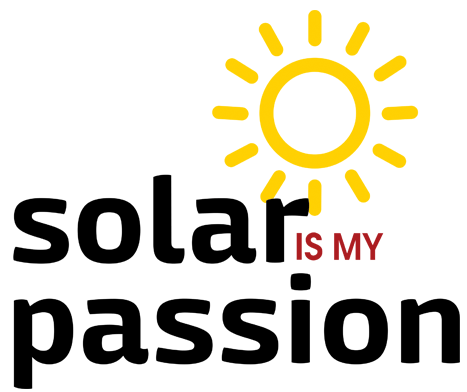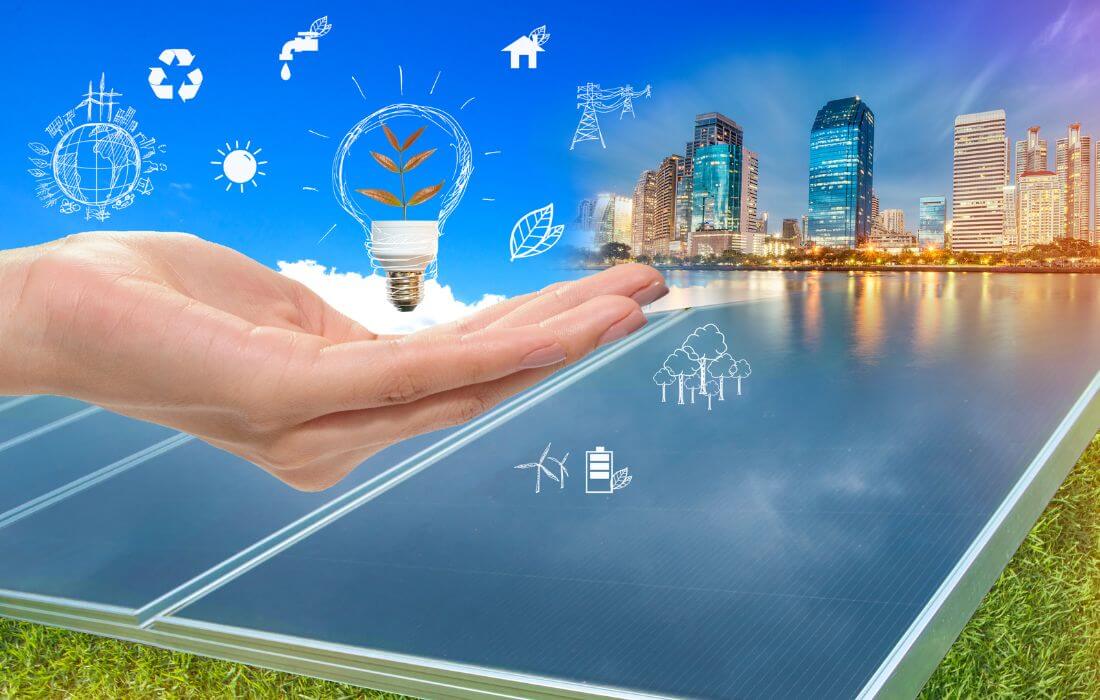Out of all renewable energy sources, the biggest is solar energy. Day-by-day solar energy is growing. Indian Solar Industry is the fastest-growing economy. Solar Energy has its Advantages and Disadvantages.
By 2025, global solar energy production reached maybe 900 GW.
India is moving very fast in solar to reach the target of 50.1 TWh solar energy.
In this article, we will discuss both the positive and negative sides of solar energy.
But before moving ahead, let’s understand, how solar energy works.
There are 2 ways of using solar light to produce electricity.
- PV: Using Solar Panels to convert sunlight into electricity
- Solar Thermal: Using sunlight to boil water and using steam to run the turbine and produce electricity.
From 2010 to till today solar power price has fallen by 85%. This proves that solar energy will become more and more affordable in near future.
India has 100 smart cities listed whose success will be based on solar energy. Solar has now started to penetrate other sectors as well.
Advantages of Solar Energy
- Land Effective Power Generation
Unlike other power generation processes, the area requirements for solar is less. Apart from that, other power generation like hydropower, geothermal power, and wind power have geographical restrictions. Hydropower needs flowing water on an elevation. Geothermal Power requires a strategic location. And wind energy needs a huge area over land or ocean.
But for solar, there isn’t any restriction other than the availability of sunlight.
Over a small area, if the proper design is developed, larger solar power can be generated.
- Easy and improving technology
If we see the technological evolution of solar energy, we won’t find much difference. In earlier times also, it had solar panels, batteries, charger controllers, and inverters. And the present time solar solutions have the same.
The only thing which has changed is the efficiency of the components. Moreover, in recent time the improvement of efficiency is very rapid.
One of the major benefits of solar energy is that it’s very easy to explain it to anyone and educate anyone about its technology.
The way technology is improving, the price is also falling.
- Environment Friendly
Solar energy is by far the most environmentally friendly clean energy-producing process.
By using solar energy, corporates, and households and reduce their carbon footprints.
Converting sunlight into electricity does not cause any pollution.
- Highly Efficient
Solar energy power generation is very efficient because there is almost zero maintenance cost involved. It means once you have reached ROI, and there is no maintenance and no raw material is required, the power generation is free.
It makes solar energy the most efficient power-generating process.
- Energy Solution for Developing Nations
Solar energy can solve the energy crisis of decentralized communities. Communities are placed at a location where transferring electricity via the national grid is not possible.
Small grids can solve the energy issues of developing nations and also of developed nations.
Disadvantages of solar energy
- High Initial Investment
Solar energy can indeed solve the energy crisis but it’s also true that the initial investment is high. The upfront cost of the components is very high and the price rises exponentially as the power requirements go up.
Day by day the panel prices are falling down and on the same hand, the governments are reducing the subsidy.
- Solar radiation dependent
The only raw material required for solar energy production is solar radiation. Now for a country like India where we have an abundance of radiation, it is highly weather dependent. In cloudy times or rainy seasons or winters, the efficiency of the solar panel goes down.
The power generation will also be affected if the temperature rises above the threshold value.
- Not 100% pollution-free
Solar is not 100% pollution-free. Panel manufacturing is highly power-consuming. The base chemical used in this process is toxic to human health. The chemicals are rare and expensive materials.
- Space limitation
This is an issue for the larger power generation. As the power requirements go up, the area requirements also go up. Stand-alone systems require less space but when the power is required by a community or group of people, the area requirements for solar installation increase.
- Solar is stationary
This is again one of the biggest disadvantages of solar solutions. they are stationary, which means in the future if they are required to move, they cannot be moved.
If the solar solution is needed to be moved, the disassembly and the reassembly will cost a lot. Not to forget, the assessment by the engineers and technicians will also come with a price.
Seeing all the information, you must have understood that solar is much cheaper and pollution-free than other fuels, which provides an opportunity to improve your lifestyle along with essential supplies. Therefore, we can say that solar can ensure a beautiful and safe future.


